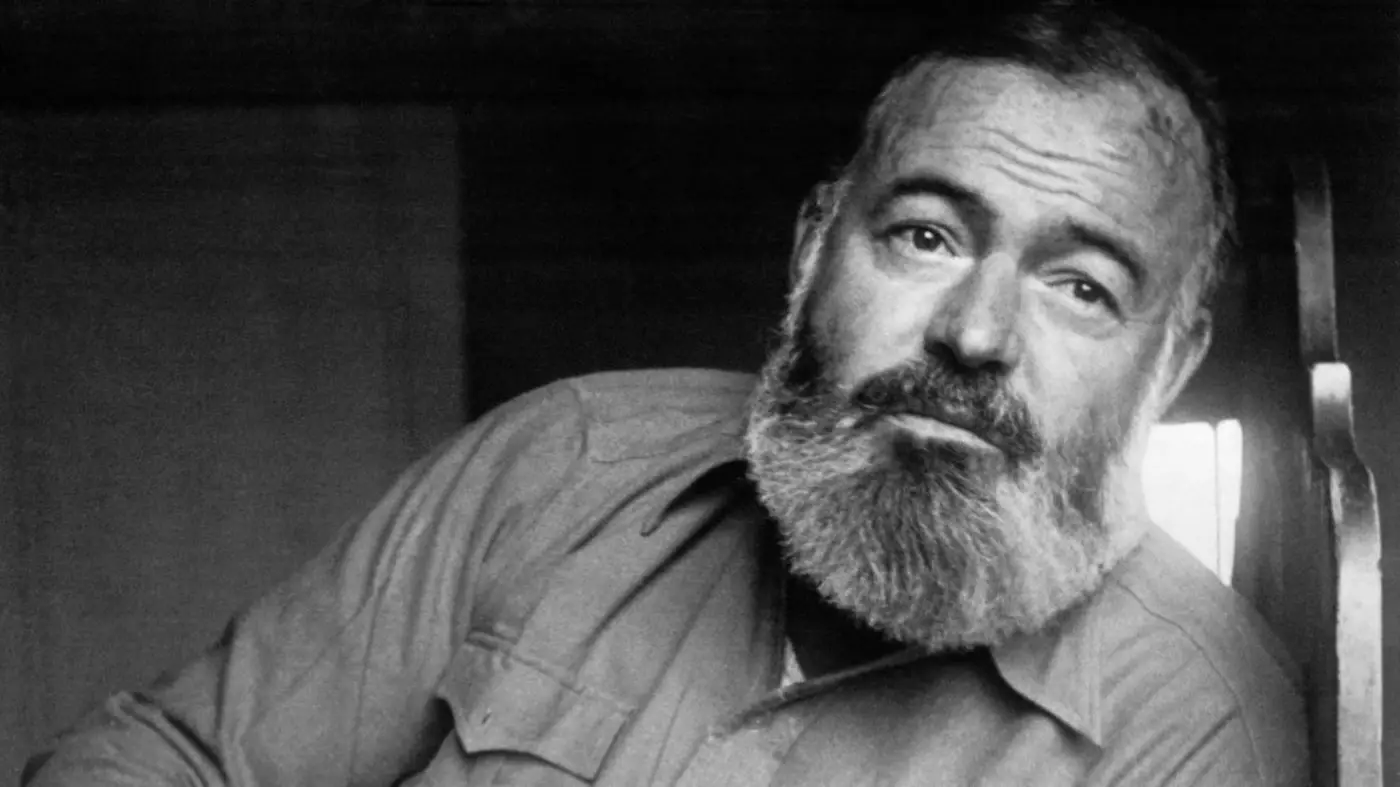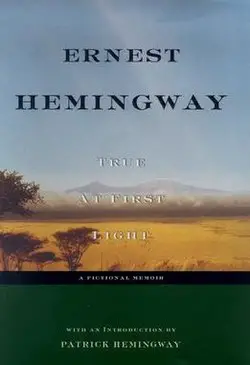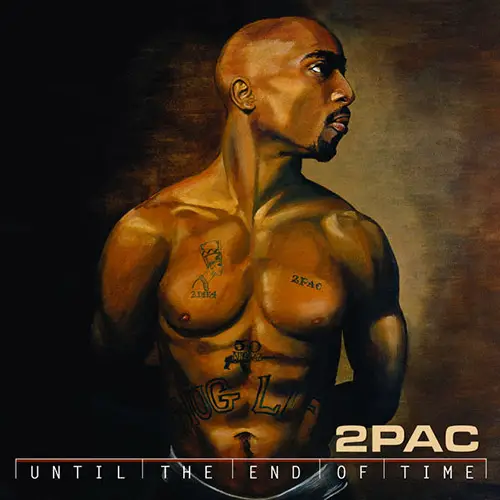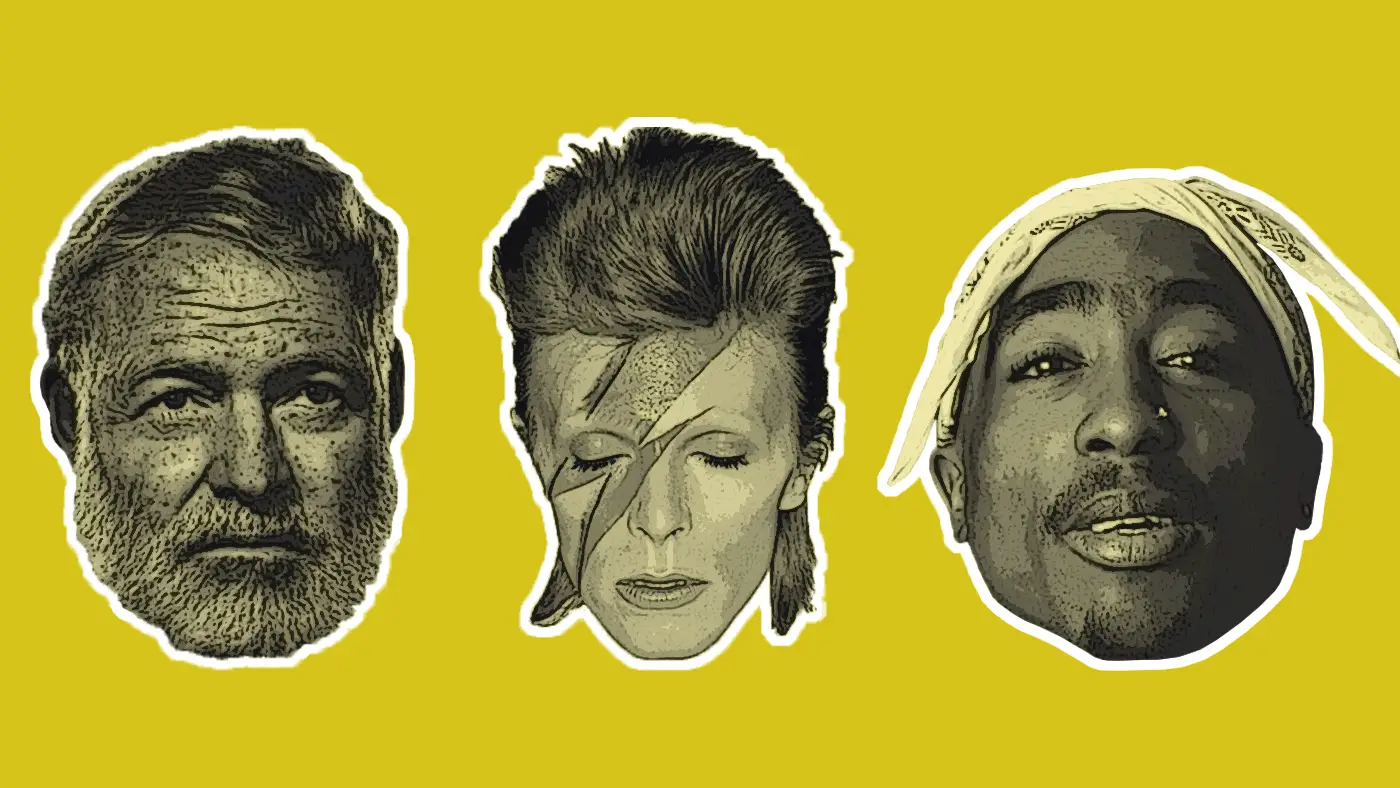[dropcap size=big]D[/dropcap]avid Bowie wrapped up both his career and his life with a tight little bow called Blackstar, which was released just two days before he died. It was a carefully orchestrated swansong by a prolific artist who knew his death was imminent, and everything about it—from the timing to the messaging to the accompanying videos and even the marketing—was crafted and planned with a level of artistic precision that practically transcends human capabilities. Which makes sense. We are talking about the Star Man, after all.
So when it was recently announced that eight posthumous albums would be made available in the near future—these on top of the EP, box sets, demos, reissues, and remasters that have already come out in the two years since his death—it got me wondering about the validity of posthumous releases.
…Bowie who has so carefully designed every aspect of his career until the career becomes a work of art in itself, do posthumous releases that are out of his control do him a disservice?
For we fans among the living, it makes sense that we would crave more from the artists we love. But with an artist like Bowie who has so carefully designed every aspect of his career until the career becomes a work of art in itself, do posthumous releases that are out of his control do him a disservice? Is the audience disserviced by having the artist’s legacy warped?
With these questions in mind, let’s take a look at a few posthumous releases from well-known artists—from the good, to the questionable, to the ugly—to see if we can draw any conclusions.
…everything about it…was crafted and planned with a level of artistic precision that practically transcends human capabilities.
Otis Redding – the Dock of the Bay
Let’s start on a high note.
Everyone knows the song, but these days few remember that “(Sitting on the) Dock of the Bay” didn’t come out until shortly after Redding died in a plane crash.
The track isn’t important solely due to the fact that it became Redding’s most popular song. When he recorded it shortly before his death, his wife and friends warned that it was too far a departure from his earlier R&B work, but he was excited by it specifically because of its new sound. Redding believed that it would expand how people viewed his songwriting capabilities, and he was right.
It was a great posthumous release precisely because it showed the world exactly who Redding had always wanted to be, so it’s difficult to question its validity.

Ernest Hemingway—the Unpublished Novels
When Hemingway died he left a small library of unfinished novels, including Islands in the Stream, Garden of Eden, True At First Light, A Moveable Feast, A Dangerous Summer, and Under Kilimanjaro. His legacy in relation to his posthumous work is rather complicated.
Four of the novels—Islands, Feast, Summer, and Kilimanjaro—don’t make too drastic an impact. The first was always intended for publication and was more or less written and edited to completion when Papa Hemingway died. Feast and Summer are more directly biographical than anything, providing uncontroversial narration and context to the author’s life. And though Kilimanjaro was unfinished, little was done to alter the text, and it is more of a “demo tape” book than anything.
The other two—Garden of Eden and True At First Light—caused more of an uproar.

The former was always intended for publication, so the controversy surrounding it was less severe. There was discussion about how it was abridged, and as it posed the Hemingway character in a new, more sexually ambiguous light, there were some questions raised about the intended tone.
“The publication of unfinished work is a denial of the idea that the role of the writer in his or her work is to make it.”
True At First Light caused flat-out literary outrage. Hemingway himself called it a failure and never wanted it published. Heavily edited by the author’s son Patrick Hemingway, the final release brought up many questions about whether it could be considered an Ernest Hemingway book at all.
All of this elicited an argument throughout the artistic community about the validity of posthumous releases. As Joan Didion wrote of the Hemingway situation, “The publication of unfinished work is a denial of the idea that the role of the writer in his or her work is to make it.”
2Pac—Until the End of Time
There wasn’t much debate about 2Pac’s fourth posthumous release, 2001’s Until the End of Time. It was pretty much universally declared that—while it featured a few fine lyrics from Shakur—it was a mess from the cutting-room floor.
Overpacked with an out of control 29 tracks, Until is wall-to-wall with lazy, boring production. And while 2Pac’s earlier releases had been all about his wordplay and wisdom, Until was crammed full of more guest rappers than the star MC himself.
This mad rush to sell everything plus the kitchen sink served to do little more than water-down what could have been a fairly water-tight legacy.

It doesn’t sound or feel like a 2Pac album at all. Writing about Hemingway’s True At First Light, one critic entitled his review “Where’s Papa?” due to the fact that his son’s editing had stripped away every trace of the author’s voice. Similarly, a review of Until could have been called “Where’s 2Pac?”
This mad rush to sell everything plus the kitchen sink served to do little more than water-down what could have been a fairly water-tight legacy. But it’s all out there now, and at some point it begins to feel like 2Pac’s subpar songs outnumber the good. Which begs the question—had he lived, would he have released those tracks of his own volition?
Posthumous Postscript—Are They Worth the Risk?
So on the question of posthumous releases, where does all of this leave us? It’s hard to provide a definitive answer.
In the best cases, they can enrich and expand what we know about the artist. More common is mediocre, inoffensive work that perhaps provides a bit of context and gives us one last taste, even if the flavor is somewhat diminished. But sometimes we’re left with whatever the departed’s estate is willing to scrape from the bottom of the barrel, and without the artist here to defend themselves, their legacy can be endangered.
Will Bowie’s unreleased vault hurt or help his legacy? Only time will tell.




